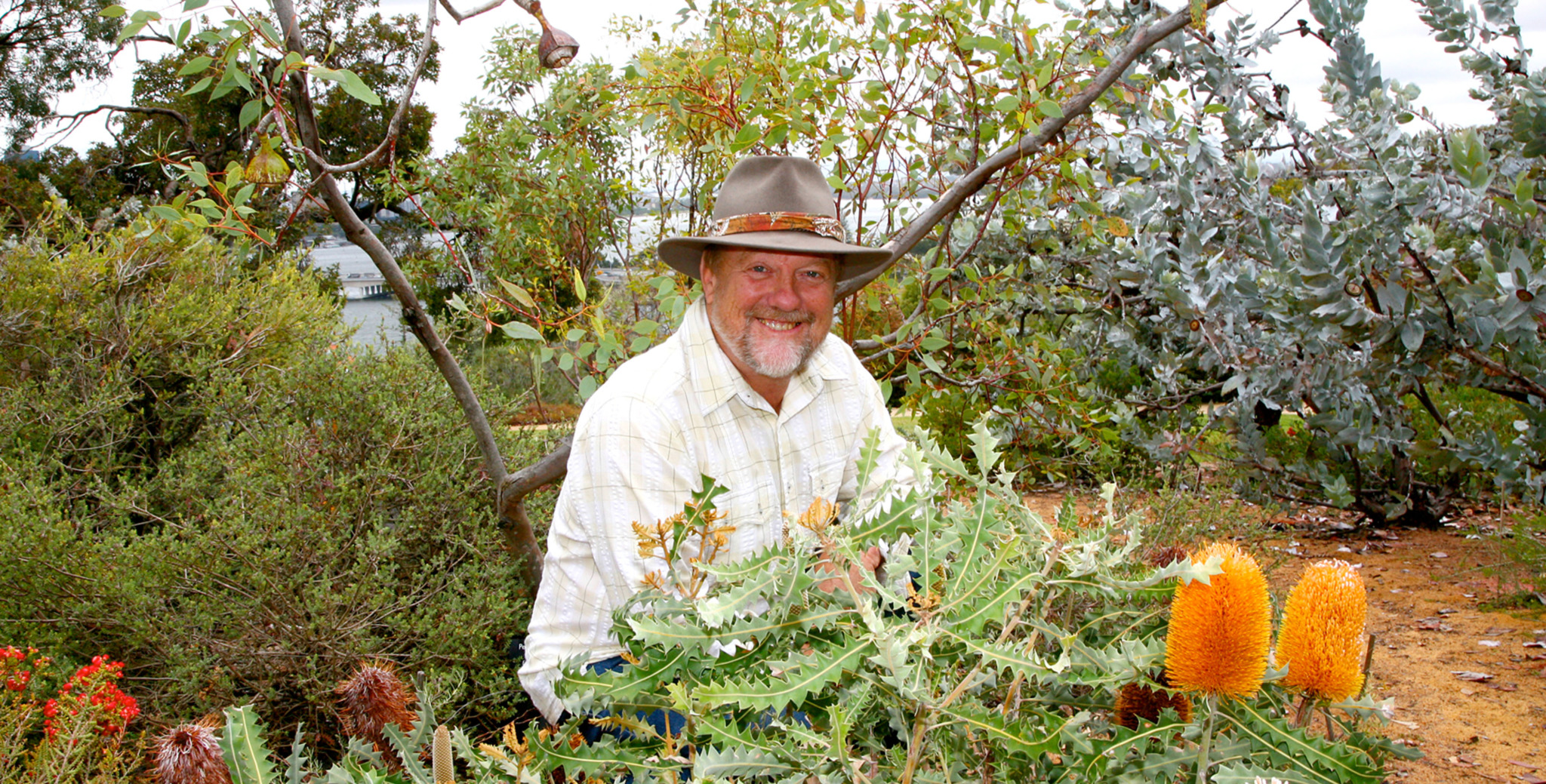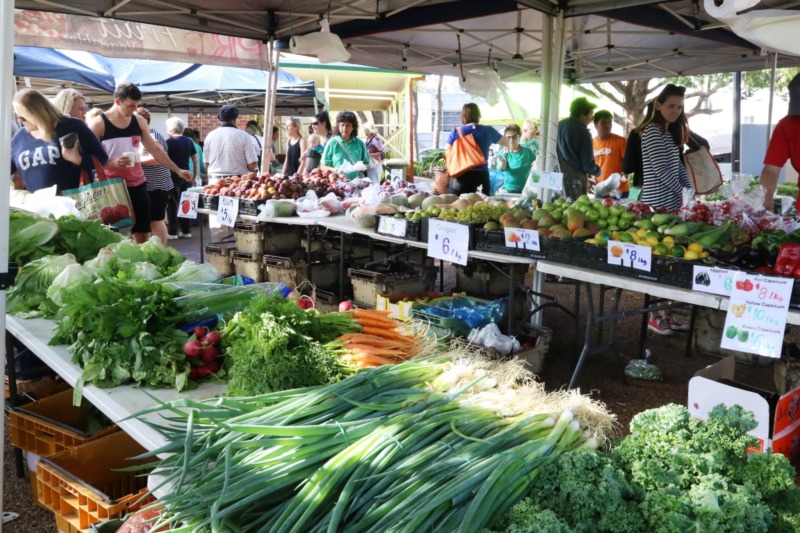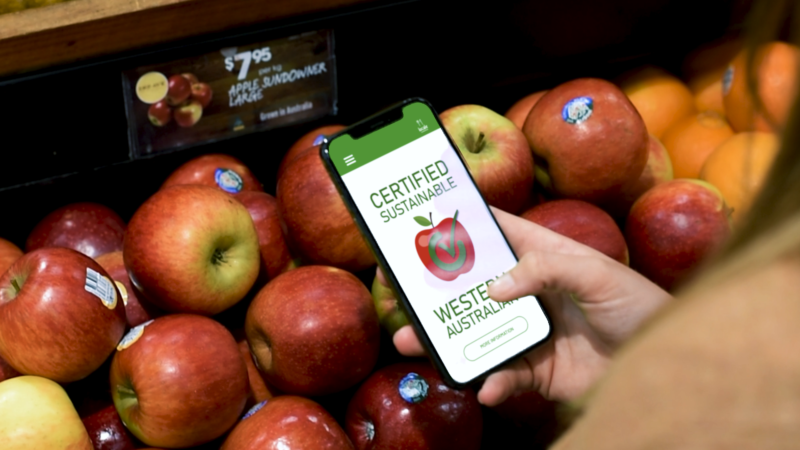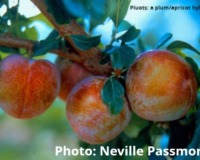Know your food, know your farmer.
In the not too distant past, it wasn’t unusual to know who produced our food, or at least there might be only one degree of separation between consumer and farmer, via a trusted greengrocer.
Supermarkets offer a variety and convenience that is indispensable for many, but I am greatly encouraged by the rise of Farmers’ Markets throughout Western Australia.
Farmers’ markets give consumers the opportunity to meet with, and buy directly from, the local farmers who grow our food. What’s on offer is more than the produce because freshness, nutrition integrity and trust are part of the transaction, not to mention the benefits of buying from local businesses.
When you’re at a farmers’ market, my best advice is to look for a narrow range of offerings such as olive oil and pickled olives on one stand, or a limited range of stone fruit or a selection of citrus fruit varieties, as opposed to every vegetable and fruit that you know on one stand, which are more likely to be market traders buying from wholesalers than genuine farmers.
A key benefit of the local produce at farmers’ markets is that it doesn’t need to be picked prematurely in preparation for long transportation delays, and this is reflected in the freshness.
One measure of ‘food security’ is the ability to access foods from local sources. It is shocking to me that in WA, a vast amount of our food comes across the Nullarbor in trucks, a fact that emerged early this year when the main link to the east was closed down due to wildfires east of Norseman.
The majority of beer, chicken, cheese, potatoes (in the form of chips), oranges, tomatoes and pork consumed in WA comes along this single road.
The suburban sprawl of Perth has put great pressure on our food bowl to move further away from the city and suburbs. We need to make sure that we keep our food sources close to where we live for the sake of our future health.
I have seen many local commercial food growers who go above and beyond to produce fruit, vegetables, herbs, meat and eggs of a quality which is equivalent to the best anywhere in the world. For me, the tragedy is that our food retailing business based on major chain supermarkets make these foods anonymous so that consumers do not have any knowledge or contact with the growers.
There are initiatives being developed that seek to address this opaque system. Perth NRM is developing a Food Security Plan for WA under its Food Future banner. The goal is to ensure people are readily able to identify and source food that is high in nutritional density, low in food miles, and grown in enriched soil as a result of improving farming practices being adopted throughout WA.
The first stage of the program was the creation of a Situation Report providing a ‘state of play’ look at West Australian food security. The next stage, which gained a lot of interest at last year’s Regenerative Agriculture Conference, will bring together a wide group of stakeholders to develop strategies to improve our food security into the future, as growing conditions continue to change while our population increases.
A complementary initiative is the development of a sustainability indicator tool that will help growers and farmers communicate directly with consumers about the food they produce. Modern consumers have started looking for descriptors with their food such as “grass fed”, “humanely farmed”, “sustainably farmed”, “no insecticides used”, “locally grown”, “hormone free”, “free range” or “antibiotic free”.
This is a great sign that as a society we are becoming better educated about food and the beneficial outcomes for our personal and family health. We are demanding to know more about the food we buy and eat, so I hope the sustainability indicator tool will be very useful in supplying this need.
Consumers will be able to access the sustainability index using an app on their smartphones to scan barcodes, QR codes or even the tiny labels stuck on individual fruit. If the producer is part of the Sustainability Index Project, you’ll be able to find out where the fruit came from, down to the detail of the farm where it was grown and the sustainability practices of the farming operation.
If farmers, growers and consumers were all to get on board with the initiatives like these, they would be able to connect directly with each other and learn more about their food while contributing to campaigns like Buy West and Shop Local.
Not unlike a farmers’ market.
Get into the rolling stone fruit season!
Speaking of fresh, local produce… summer is the best time for one of our tastiest treasures, stone fruit sourced from the Perth Hills as well as the Gingin area and the South West of the state. As a youngster, I got involved with selling stone fruit trees through my parent’s garden centre in Gosnells. In the 50 years since, the range of varieties is all but unrecognisable, with a couple of exceptions such as Ruby Blood and Satsuma plums.
Modern breeding has given us some amazing flavours so now we have apricot/plum combinations as well as a selection of white fleshed peaches and nectarines. Today we can enjoy a peach that was almost lost to horticulture, that my father described to me as China Flat peaches. These are available under a number of names including Doughnut peach and offer very different tastes and most are freestone meaning the flesh comes away from the pip without an argument – or juice running down your fingers.
With a fresh fruit season that runs from November to May we still have four months to enjoy locally grown fruit, fresh from the farm.




